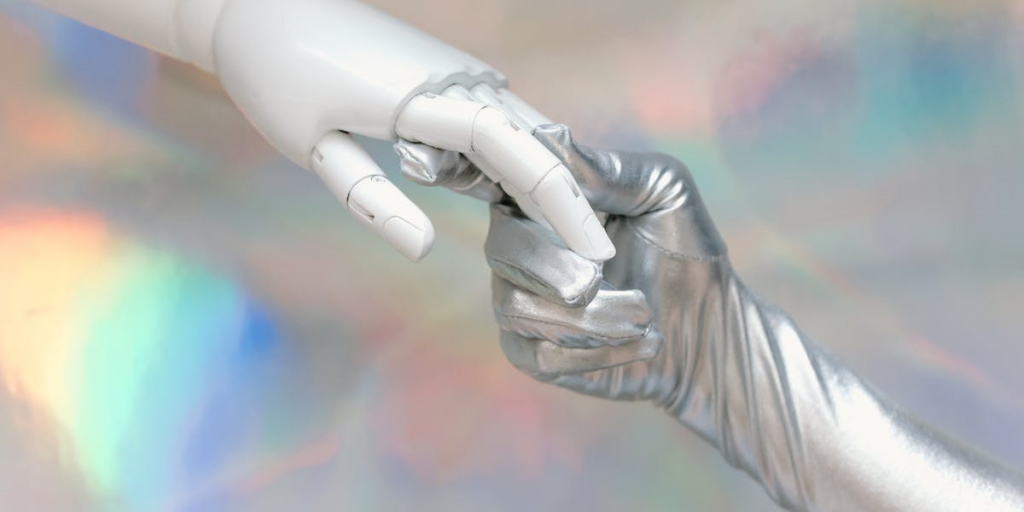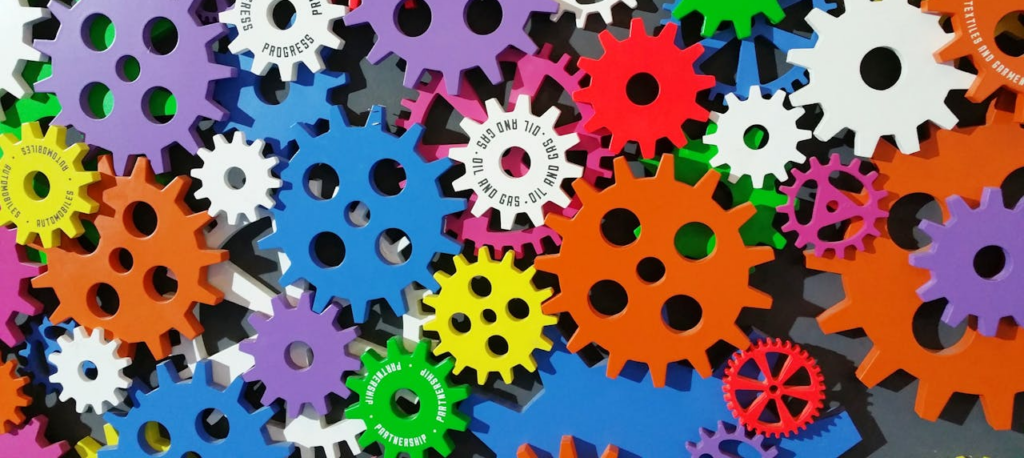People use ChatGPT for all sorts of tasks these days, including software testing. When I initially conceived this post, I was going to focus on whether this was a good idea, but that seems redundant. Let’s face it: that horse has bolted, and there’s no going back. The use of chatbots in software testing is here to stay.
Rather than judge how effective chatbots are for software testing, this insights contains guidelines to help you use AI to enhance, rather than compromise, the quality of your testing and application.
Why AI Is Compelling For Software Testers
ChatGPT and similar AI technologies offer shortcuts; they do a lot of work for you, meaning you can spend your time on other things (unless you need to spend more time editing the tests than it would have taken you to create them yourself).
The fact is, though, that Chatbots can accelerate many tasks. They can quickly generate code, providing solutions to common scripting problems and even offering insights into best practices. In the context of LoadRunner and UFT, AI can create basic test scripts, identify potential performance bottlenecks, and automate some aspects of functional tests with surprising speed.
Chatbots Aren’t All Sunshine and Roses
Despite their promise of accelerated testing and reduced effort, AI chatbots are not without their flaws.
They lack the nuanced understanding of a human tester, especially when interpreting complex requirements and test scenarios. The fact is that most AI-generated scripts will require customisation; the question is how much? Were they more of a hindrance than an aid if they needed a significant rework?
Also, knowing which parts of an AI-generated script are good or bad requires expert knowledge and diligent reviews. Without these, issues could creep into your tests, and they might not do what you think they’re doing.
Furthermore, if you ask ten developers to write the same program, you will end up with 10 different versions and the likelihood is that not all will work the first time. The same is true of AI solutions. They are only as good as their models and inputs – and do you really know what testing experience any of them have?
AI in Software Testing Requires a Collaborative Approach
The key to leveraging AI in software testing is to use it as an assistant rather than a replacement. Yes, ChatGPT can take on the heavy lifting of initial script generation, but human insight is invaluable for refining these scripts to perfection. I can’t stress enough how important this is. Testers must always review, tweak, and validate every AI-generated script to ensure the scripts meet the test objectives and quality standards.
ChatGPT Guidelines For Software Testers
AI chatbots, like ChatGPT, are powerful tools that can transform how you approach test creation.
They are imperfect but can be an asset in your testing toolkit with the right mindset and approach. It’s too late to avoid these technologies altogether; instead, let’s use them to help accelerate tasks, make life easier and get more done in less time – which always seems to be needed in software testing.
Use these 5 simple guidelines to embrace AI in software testing
- Think More: Use AI as a starting point, but apply your critical thinking to analyse and improve the work.
- Be Creative: Explore creative test scenarios that AI might not anticipate and incorporate them into your testing strategy.
- Think Laterally: Consider the broader context of the application under test, the business needs, and how users might interact with the solution – things AI cannot fully comprehend.
- Use Your Initiative: Take the initiative to learn from the AI’s approach and integrate those learnings into your testing strategy.
- Consider: Is AI enhancing and simplifying creating the test or will using AI add more time to the task, once you have allowed for checking and enhancing the script.
Are You Leveraging the AI Built Into Your Test Tools?
While the spotlight has been on standalone AI solutions like ChatGPT, it’s worth highlighting the AI and machine learning (ML) capabilities already integrated within many modern test automation tools. These built-in features accelerate test creation and execution, offering a more seamless and efficient testing process.
ChatGPT may get all the press for its general capabilities, but the specialised AI features in your test automation tools are unsung heroes. They will complement your testing expertise.
If you want to use AI in software testing, you should leverage these AI advancements. You’ll likely find your testing is faster, more efficient, and more robust.


















